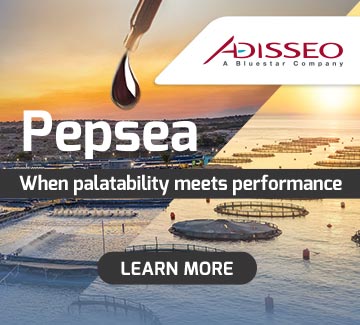
Seafood fraud, which includes deliberate mislabelling and substitution of species, poses a serious risk to consumer safety and threatens the sustainability of marine ecosystems.
In response, a consortium of leading European research institutions has launched FISH-FIT, a cutting-edge digital tool that brings together genetic data and verified biological samples to improve the accuracy and efficiency of seafood authentication.
The platform, developed under the SEATRACES project and led by Germany’s Max Rubner Institute, is designed for official control laboratories and research centres. Access is granted to registered users and includes a biobank of authenticated tissue samples, validated DNA sequences, standardised analytical methods, and a built-in sequence alignment tool.
“FISH-FIT contributes to the long-term harmonisation of seafood authentication methods across Europe,” the authors write in their recent publication in Food Control.
FISH-FIT is not just a sequence repository. It goes further by offering real biological material — over 150 tissue samples representing 78 species, including key commercial fish such as hake, cod, tuna, and sole, as well as molluscs and crustaceans. Each sample is fully documented with traceability data, quality indicators, and geographic origin.
Each tissue sample is linked to a verified DNA sequence, generated following standardised protocols and reviewed by experts at the Max Rubner Institute. Registered users may request small portions of tissue for their own analyses — strictly for scientific or official purposes — in accordance with the Nagoya Protocol and EU regulations on genetic resources.
Meeting the Needs of Europe's Control Labs
Before the launch of FISH-FIT, a survey was conducted among 56 European laboratories specialising in food authenticity. The findings revealed that 90% regularly used DNA-based techniques such as Sanger sequencing and real-time PCR. A clear majority highlighted the urgent need for access to verified tissue samples, reliable sequences and detailed method protocols.
FISH-FIT delivers on these needs. The platform incorporates a sequence alignment tool based on the Smith-Waterman algorithm, alongside a curated library of analytical protocols aligned with ISO, DIN, and CEN standards. It also features a decision tree to help users select the most appropriate method for their specific sample type.
A key strength of FISH-FIT lies in its emphasis on data quality and traceability. Unlike open databases such as GenBank or BOLD, all sequences in FISH-FIT are rigorously validated and linked to verified physical specimens. This significantly reduces the risk of species misidentification, a known issue in public repositories.
While FISH-FIT currently focuses on commercially important European species, its developers aim to expand the platform through future collaborations.
“Although the current dataset is limited, the added value of FISH-FIT lies in the quality and reliability of the information provided,” the authors note.
With FISH-FIT, Europe takes a decisive step in safeguarding its seafood supply — promoting transparency, food safety and sustainability in the face of an increasingly complex and globalised market.


